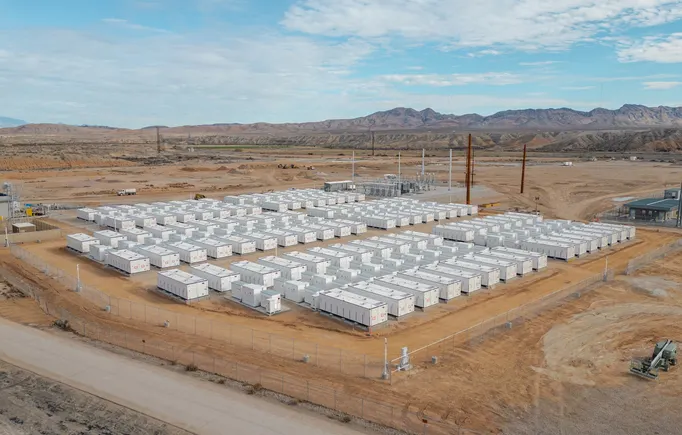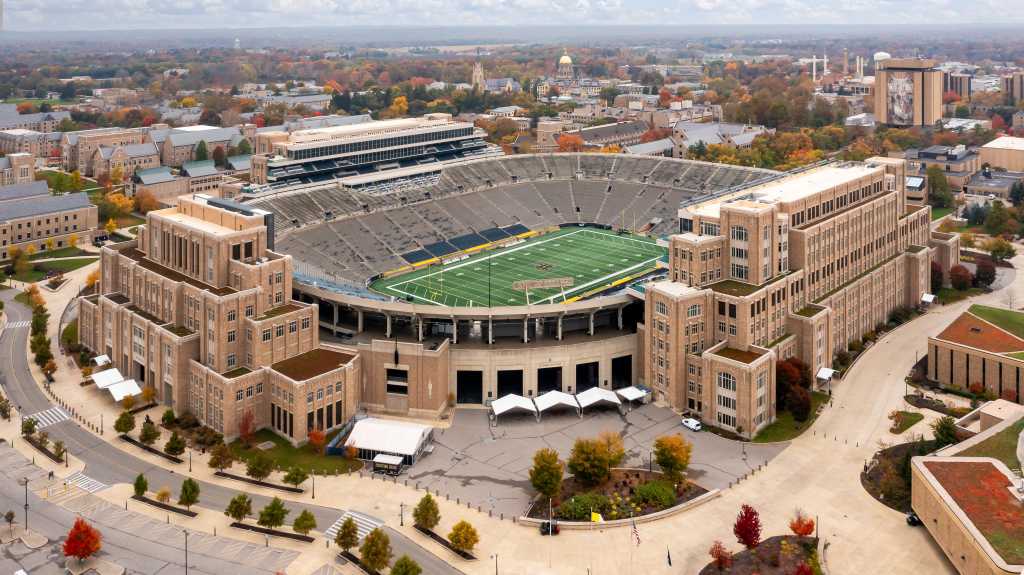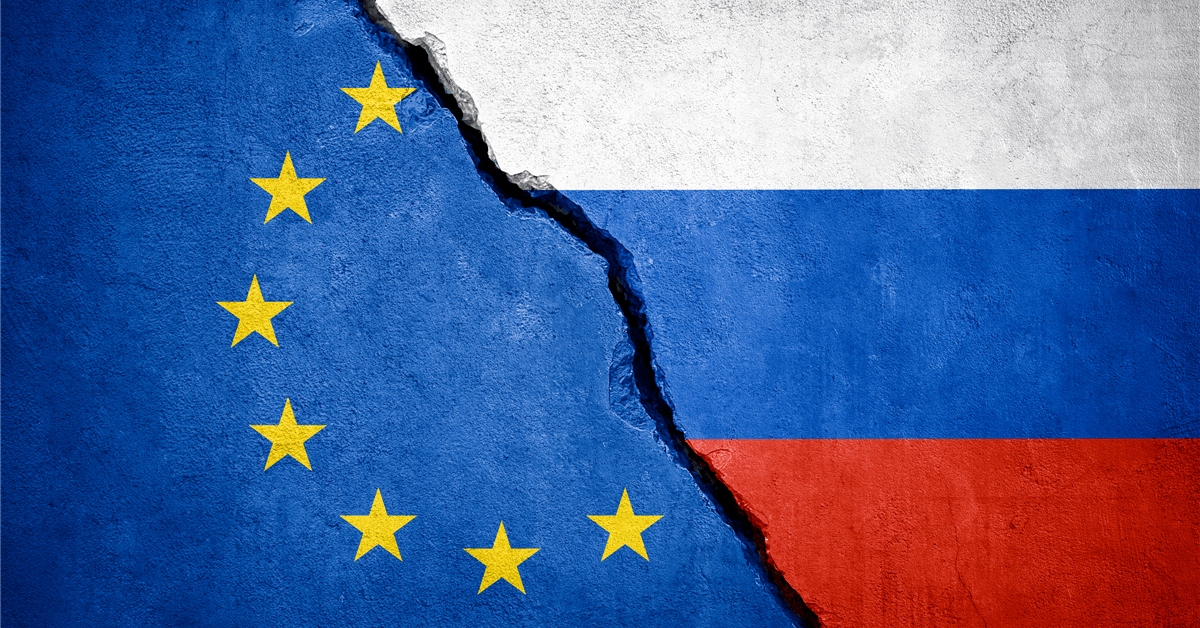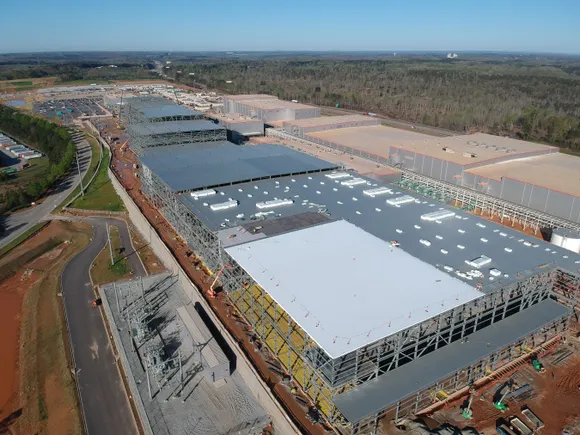
Dive Brief:
- U.S. solar photovoltaic and battery component manufacturers are “actively adjusting their domestic content plans” in response to Treasury Department regulations finalized in the waning days of the Biden administration and successive rounds of tariffs imposed by Presidents Biden and Donald Trump, Anza Renewables said in a report released on April 29.
- Anza’s Q2 2025 Domestic Content Insights report sees some U.S. manufacturers accelerating onshore production as others pull back on previously announced plans “due to financial and logistical constraints.”
- Buyers are seeking U.S.-made products not impacted by the latest round of tariffs, pushing onshore prices higher and inventories lower, Anza said.
Dive Insight:
Clean energy manufacturers cut planned investment by nearly $8 billion in the first quarter of 2025, according to a monthly tracker from industry advocacy group E2.
Among the cancelled or downsized projects were two high-profile battery cell factories: KorePower’s $1.2 billion plant in Arizona and Freyr Battery’s $2.6 billion hub in Georgia.
KorePower announced a conditional loan guarantee of $850 million from the U.S. Department of Energy’s Loan Programs Office in 2023, but the financing never came through, while Freyr indicated late last year that it would pivot to U.S. solar cell production, Manufacturing Dive reported earlier this year.
The cancellations came during a busy period for U.S. clean energy tax and trade policy. In January, the IRS issued a notice boosting incentives for solar PV systems that incorporate U.S.-made wafers, followed by successive tariffs of 10% on all imports, 25% on imported steel and aluminum, and 145% on most Chinese imports during Trump’s first three months in office, Anza said.
Battery supply chain companies, in particular, are less willing today than in the past to absorb higher costs for imported components, Anza Renewables Director of Strategic Sourcing Ravi Manghani told Utility Dive recently.
The upshot is that manufacturers, developers and buyers alike are delaying procurement decisions and reevaluating sourcing strategies, according to Anza’s report.
Yet despite the uncertainty and recent project cancellations, U.S. battery manufacturing appears poised to grow over the next two years as most “tier one” suppliers move forward with previously announced plans, Anza said.
Anza sees the battery cell segment ballooning from one supplier today to six in the first half of 2026 and 10 in the first half of 2027. The U.S. battery module supplier count could grow from three today to 10 next year and 11 in 2027 — matching the out-year counts for U.S. battery container suppliers, which now number five.
Anza forecast comparatively tepid growth in solar module manufacturing, with the U.S. supplier count increasing from 17 today to 20 in the first half of 2026 and 18 in the first half of 2027. The U.S. solar cell supplier count could double from five today to 10 in 2027, Anza said.
The temporary increase in solar module suppliers next year and subsequent decline in 2027 is due to manufacturers opting not to commit to longer-term plans amid product and tariff uncertainty, Anza said.
Anza bases its projections on current supplier commitments, which it cautioned “are subject to change as policies and market dynamics evolve.”
Meanwhile, rising demand for U.S.-made solar cells — a response to federal domestic content incentives — boosted prices 4.3% from December to March, Anza said. Further downstream, domestic content incentives appear to be checking prices for imported modules (down 6.7% from December to March) and modules assembled in the U.S. with foreign cells (down 0.4%), Anza said.



















